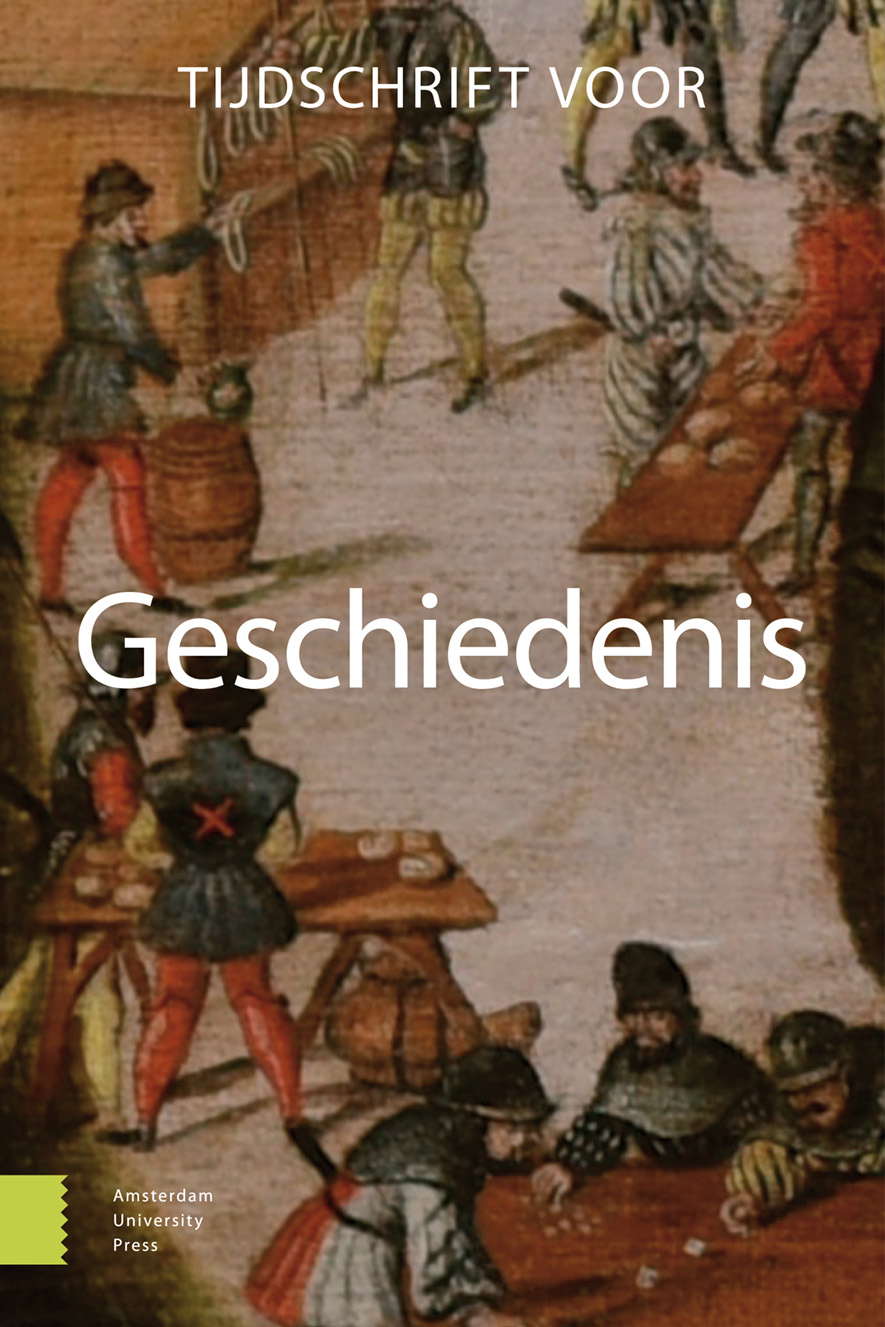-
oa Framing Suriname - De verbeelding van Surinamers op de Internationale Koloniale en Uitvoerhandel Tentoonstelling in Amsterdam in 1883
- Amsterdam University Press
- Source: Tijdschrift voor Geschiedenis, Volume 126, Issue 1, Mar 2013, p. 56 - 75
Abstract
From 1 May until the end of October 1883 there took place in Amsterdam the first world exhibition, of which the keynote was colonial power. Living Surinamers were to be seen as well as ‘authentic’ Indonesians. The public came with great curiosity to look at the exhibited Surinamers, and scientists had the opportunity for anthropological research. For example, prince Roland Bonaparte ordered the taking of anthropological photographs of the Surinamers. There were also so-called cabinet cards, which were sold as souvenirs. These photographs depicted the Surinamers arranged by ethnic group: maroons, indians, and creoles: they were intended to illustrate, as anonymous types of their specific group, the different stages of human civilization. Newspaper articles, reports, and photographs endorsed this view. Creoles in particular showed that the mission civilicatrice was not a mission impossible. This was highlighted by a letter that was claimed to be written by the young Creole woman Jacqueline Ricket. This fictitious letter, together with the photographs and the exhibition itself, offered an interpretative framework for Suriname: Surinamers illustrated the ‘white man’s burden’, an idea with which the Dutch could legitimize their colonial rule.


